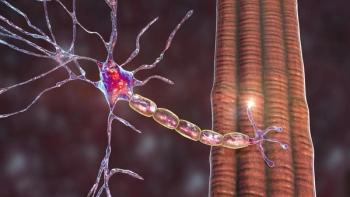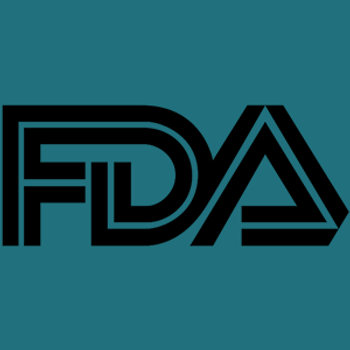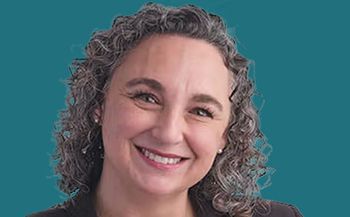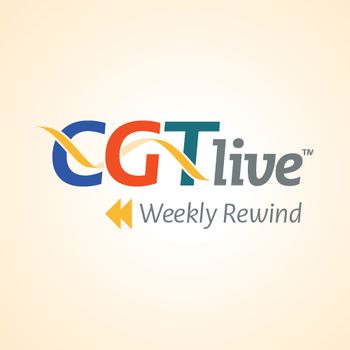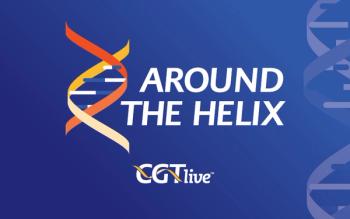
Barriers to Access for Gene Therapy in β-Thalassemia
Tami John, MD, a clinical associate professor at Stanford Medicine, also provided background about the current state of care in TDT.
Currently, patients with transfusion-dependent β-thalassemia (TDT) in the United States have 2 gene therapy options available to them: bluebird bio’s betibeglogene autotemcel (beti-cel; marketed as Zynteglo), an autologous, lentiviral gene-addition therapy that delivers a modified form of the β-globin gene into patients’ hematopoietic stem cells ex vivo before reinfusion into the patient, and Vertex Pharmaceuticals and CRISPR Therapeutics’ exagamglogene autotemcel (exa-cel; marketed as Casgevy), a CRISPR/Cas9 gene-editing cell therapy. Although these therapies are FDA-approved, however, actually ability for patients to receive these therapies varies based on factors like geographic location and age.
Tami John, MD, a clinical associate professor at Stanford Medicine, discussed this issue with CGTLive® in an interview held earlier this year. John spoke about the current landscape of care for TDT, how gene therapy products fit into that landscape, and the ongoing issues with accessibility for these new products.
CGTLive: Can you give some background about the current state of care for TDT?
Tami John, MD: Currently for any kind of thalassemia that's transfusion-dependent, individuals essentially need to come for every 3 to 4 weeks, some occasionally every 2 weeks, for transfusions to keep their hemoglobin above a certain threshold that allows them to grow and develop and live well. We are recognizing that the need for transfusions may be higher than we anticipated in the past. Current literature is showing that we can see best outcomes when hemoglobins are above 10 or 10.5, so that may increase people's thresholds for transfusion. But also with thalassemia, not only is there the chronic exposure to blood, which can cause immunologic issues, but also the chronic exposure to iron. That happens in 2 ways. One is the general state of the disease, the ineffective erythropoiesis that occurs with thalassemia, especially when it's not suppressed with adequate transfusions, leads to iron deposition. Then you add transfusions to that, and you have kind of a double-edged sword. For these individuals, there's really no treatment. There are some drugs that are trying to decrease the frequency of transfusion needs. There's not been anything that otherwise eliminates the transfusion needs or the long-term need for iron management. So that's where the gene therapies come in. That's one of the few places where we've been able to completely eliminate that need for chronic care.
How does gene therapy fit into that treatment landscape?
I don't necessarily favor one gene therapy over the other at this point, and it's important for individuals to know that gene therapy encompasses anything that is altering the genes. The exa-cel product is a gene editing platform, which is different than a gene addition or a gene-insertion integration type of process. What we see down the road is essentially clinically, a very similar outcome. For those who are receiving gene therapy, we see that at least 9 out of 10 or 90% become transfusion-independent. Those who don't, tend to have less transfusion needs. When you have suppression of that ineffective erythropoiesis, and the need for red cell transfusions, we can eventually chelate the iron off.
So I think they're exciting products. The big thing that we are recognizing right now, is the need for access. So I think if commercialization or the manufacturing can be scaled up in any place [for one of the therapies], that may become a therapy that is preferred or favored over another, because it can be done in a timely manner. I think one of the most important things is to to be able to access these therapies in a timely way for individuals seeking them, especially young adults for whom right now we don't have a lot of sites that are adult sites that are are translating these therapies. So if I can see them before they become an old enough adult that they can't be seen in a pediatric center anymore, that's better. But sometimes it takes a year or 2 to even get access to these therapies after insurance approval.
How has the real-world experience been for TDT gene therapies so far?
I think many individuals, depending on where they're being treated, are not fully aware of these potentially curative, or at least transformative (I prefer the word transformative) therapies. I'm getting maybe more referrals. So I think one area is first of all, the local providers, or primary hematology providers, recognizing that these therapies are FDA approved, but also becoming available at certain sites. And so there's again a double-edged sword. You want a skilled facility that's been approved as a designated site, because this is a complex process. It is not an easy therapy. And at the same time, you want for people to know that that therapy is available, and it's relatively close to where people live.
So the major thing that I am finding, especially with thalassemia if I compare it to sickle cell disease, is that we may be able to obtain insurance authorization, but the access to locations that provide this therapy are limited, especially in thalassemia. I think [because] it's a rare disease, there are few people in most locations. If I'm thinking of California, in particular, Southern California has a lot of institutions that can offer this therapy, and maybe don't choose to because the volume of patients may be too low or the expertise with the patients is not quite there. So the biggest thing is trying to locate, I think, key centers that can offer the therapy that people can also travel to or consider coming to: They're trusted, they're close enough, they have a support system so they can receive the therapy. That for me is the biggest: access, meaning location of a site that's going to be able to provide the therapy, and then to consider adults. For all the gene therapy so far for hemoglobinopathies we don't have a lot of adult centers across the country that are becoming qualified treatment centers and so I get a lot of questions about if I can treat patients aged over 30 years and for TDT I've been asked if I could treat a 54-year-old at a pediatric institution. So just trying to recognize those 2 things and the limited access."
This transcript has been edited for clarity.
REFERENCES
1. FDA approves first cell-based gene therapy to treat adult and pediatric patients with beta-thalassemia who require regular blood transfusions. News release. FDA. August 17, 2022. Accessed June 24, 2025. https://www.fda.gov/news-events/press-announcements/fda-approves-first-cell-based-gene-therapy-treat-adult-and-pediatric-patients-beta-thalassemia-who?utm_medium=email&utm_source=govdelivery
2. Vertex Announces US FDA Approval of CASGEVY™ (exagamglogene autotemcel) for the Treatment of Transfusion-Dependent Beta Thalassemia. News release. January 16, 2024. Accessed June 24, 2025. https://news.vrtx.com/news-releases/news-release-details/vertex-announces-us-fda-approval-casgevytm-exagamglogene
Newsletter
Stay at the forefront of cutting-edge science with CGT—your direct line to expert insights, breakthrough data, and real-time coverage of the latest advancements in cell and gene therapy.

